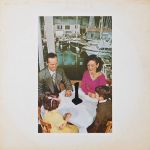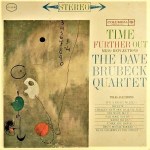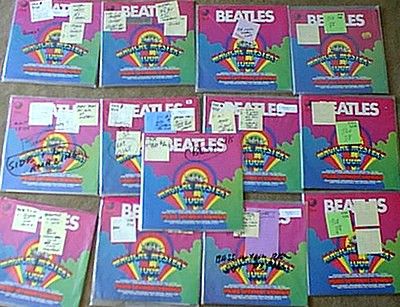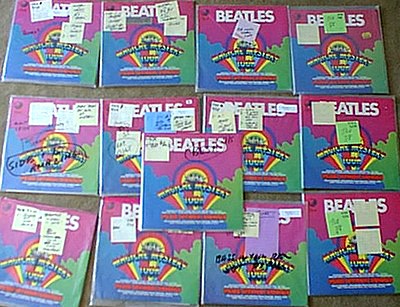 Hot Stamper Pressings of Led Zeppelin’s Albums Available Now
Hot Stamper Pressings of Led Zeppelin’s Albums Available Now
The drum sound on the best copies is punchy and huge, with prodigious amounts of studio space swirling around Bonham’s kit.
There’s real resonance to the toms, not the standard overdamped sound of a studio kit, which gives them a lively, realistic, natural quality that you rarely hear outside of Zep records.
And the cymbals crash and splash just like real cymbals do, which is yet another sound you rarely hear outside of the best Zep pressings. (The best copies of Zep IV have crashing cymbals on Black Dog and Rock and Roll like few records in the history of rock.)
We just finished a massive shootout for this album and were reminded just how hard this album rocks. Achilles Last Stand, For Your Life and Nobody’s Fault But Mine are all KILLER on a Hot Stamper pressing like this one. After cleaning and playing a pile of copies we are pleased to report that the best of them are full of The Real Zep Magic. The average LP may not be much of a thrill but our Hot Stampers sure are, with all the energy, dynamics, whomp, and presence (pun only slightly intended) you could hope for.
That is EXACTLY the kind of sound we love here at Better Records.
Hey Man, Turn It Up!
We’re hoping this copy ends up in the hands of someone who will play it good and loud because that’s the way it was meant to be heard. It’s the only way the mix works, which is a sure sign that that is clearly how the artists intended their records to be played.
Turn up the volume and play the midsection of For Your Life on side one or the entire Nobody’s Fault But Mine on side two to hear Zep rockin’ out in their prime.
Nobody did it better than these four guys. If you have Hot Stampers of their albums, you have some of the best sounding rock and roll records ever made, records that sound the way Zep wanted you to hear them as long as you play them at good loud levels.
What to Listen For
This copy has the kind of sound we look for in a top quality Led Zeppelin record: immediacy in the vocals (so many copies are veiled and distant); natural tonal balance (most copies are at least slightly brighter or darker than ideal; ones with the right balance are the exception, not the rule); good solid weight (so the bass sounds full and powerful); spaciousness (the best copies have wonderful studio ambience and space); and last but not least, transparency, the quality of being able to see into the studio, where there is plenty of musical information to be revealed in this sophisticated recording.
Here is a more comprehensive breakdown of what we were listening for when evaluating Presence.


 The Music of Tchaikovsky Available Now
The Music of Tchaikovsky Available Now





